What is the difference between 201 stainless steel and 304 stainless steel?
 What is the difference between 201 st...
What is the difference between 201 st...Steel parts in the quenched state have the following three main characteristics.
According to the steel size, heating temperature, time, transformation characteristics and the cooling method used, the microstructure of the steel after quenching is mainly composed of martensite or martensite + retained austenite. In addition, there may be some undissolved carbides. . Both martensite and retained austenite are in a metastable state at room temperature, and they all tend to transform into the stable state of ferrite and cementite.
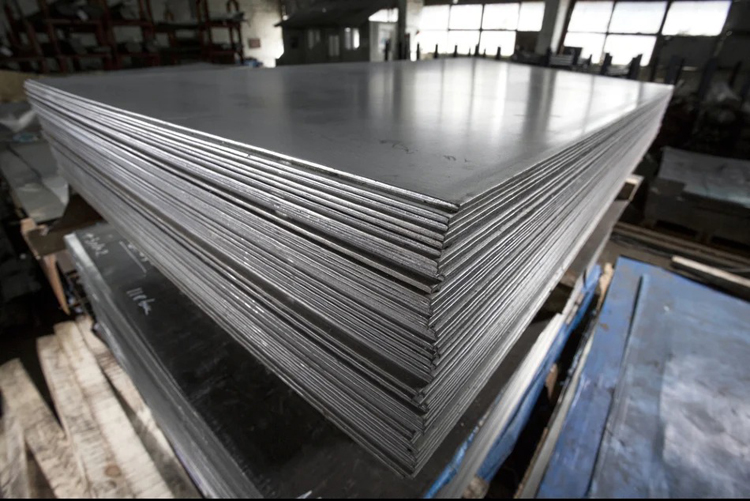
The lattice distortion caused by carbon atoms is represented by hardness, which increases with the supersaturation (ie, carbon content). The quenched structure has high hardness and strength, and low plasticity and toughness.
Including micro stress and macro stress, the former is related to the lattice distortion caused by carbon atoms, especially with the high carbon martensite reaching the maximum value, indicating that the martensite is in a state of tension during quenching; the latter is due to quenching. When the temperature difference formed on the cross section is generated, the stress state of the workpiece surface or core is different, there is tensile stress or compressive stress, and the balance is maintained inside the workpiece. If the internal stress of the quenched steel parts is not eliminated in time, it will cause further deformation and even cracking of the parts.
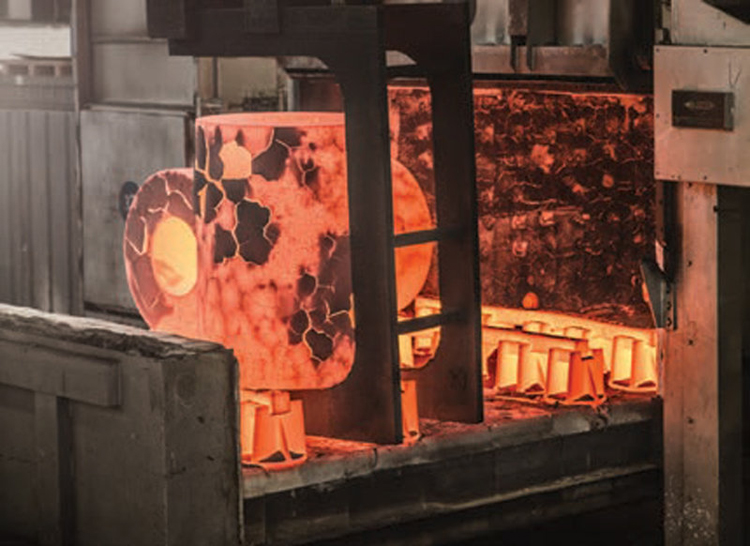
To sum up, although the quenched workpiece has high hardness and high strength, it has large kneeling resistance, unstable structure, and large internal stress of quenching, so it must be tempered before it can be used. Generally speaking, the tempering process is an indispensable follow-up process after the quenching of steel parts, and it is also the last process of the heat treatment process, which gives the workpiece the final required properties.
Tempering is a heat treatment process in which the quenched steel is heated to a temperature below Ac1, held for a certain period of time, and then cooled to room temperature. Its main purpose is to:
(1) Reasonably adjust the hardness and strength of the steel, improve the toughness of the steel, and make the workpiece meet the requirements of use;
(2) Stabilize the structure, so that the workpiece will not undergo structural transformation during long-term use, thereby stabilizing the shape and size of the workpiece;
(3) Reduce or eliminate the quenching internal stress of the workpiece to reduce the deformation of the workpiece and prevent cracking.

When quenched steel is tempered, the tempering process of steel can be divided into the following five stages according to the high and low tempering temperature and the characteristics of microstructure transformation.
Martensite is a supersaturated interstitial solid solution of C in α-Fe. C atoms are distributed in the body-centered cubic oblate octahedral interstitial space, causing great elastic distortion, thus increasing the energy of martensite and making the is in an unstable state.
When tempering below 100 °C, interstitial atoms such as C and N can only diffuse and migrate in a short distance, and redistribute in the crystal to form a segregated state to reduce the elastic strain energy. For lath martensite, carbon atoms are segregated near the dislocation line due to a large number of dislocations, so when the quenched steel is placed near the room temperature, the carbon atoms are segregated near the dislocation line. For lamellar martensite, C atoms are segregated on a certain crystal plane, forming a lamellar segregation zone. The carbon content of these segregation zones is higher than the average carbon content of martensite, creating conditions for the precipitation of carbides.
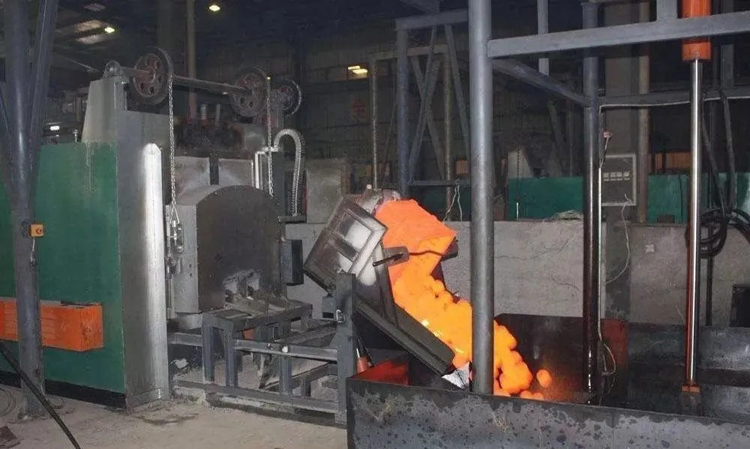
When the tempering temperature exceeds 80℃, the martensite will decompose, the carbon concentration in the martensite gradually decreases, the lattice constant c decreases, a increases, and the squareness c/a decreases. The decomposition of martensite has been extended to above 350 ℃, in high alloy steel, it can even continue to 600 ℃.
The change law of carbon concentration of martensite with different carbon content with tempering temperature. With the increase of tempering temperature, the carbon content in martensite decreases continuously. The carbon concentration of high carbon steel decreases rapidly with the increase of tempering temperature, and the carbon concentration of steel with lower carbon content decreases slowly.
The relationship between the carbon concentration of martensite and the tempering time: the effect of tempering time on the carbon content in martensite is small, the carbon concentration of martensite decreases rapidly at the beginning of tempering, and then tends to be gentle. The higher the tempering temperature, the more the carbon concentration decreases at the initial stage of tempering.
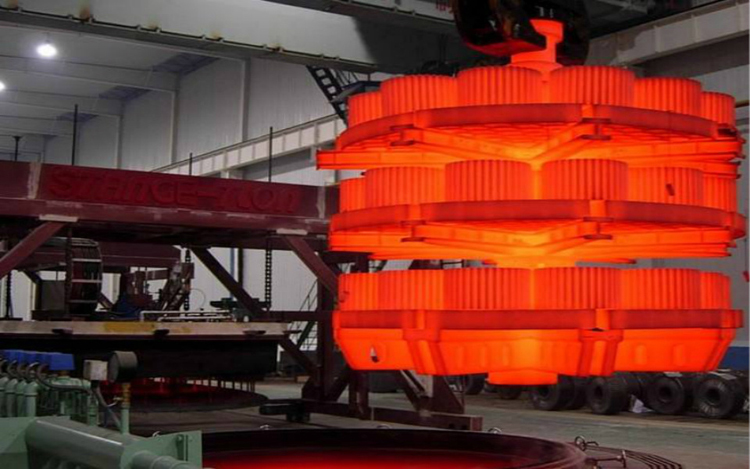
When the flaky martensite is tempered at 100~250℃, the supersaturated carbon atoms dissolved in the martensite are desolubilized, and ε-FexC carbides (x≈2) are precipitated along a certain crystal plane of the martensite. ~3), its lattice structure is a close-packed hexagonal lattice, which has a coherent relationship with the parent phase and maintains a certain crystallographic orientation relationship.
The lath martensite with a carbon content of less than 0.2% has self-tempered during quenching and cooling, and most of the carbon atoms are segregated near the dislocation line, so there is no ε-carbide when tempering below 200 °C Precipitate.
When the high carbon steel is tempered below 350 ℃, the complex structure composed of α phase and dispersed ε-carbides formed after the decomposition of martensite is called tempered martensite. The α phase in the tempered martensite still maintains the needle-like shape. Because it is composed of two phases, it is easier to corrode than the quenched martensite, so it has a black needle-like structure under the metallographic microscope, which is very similar to the lower bainite. .
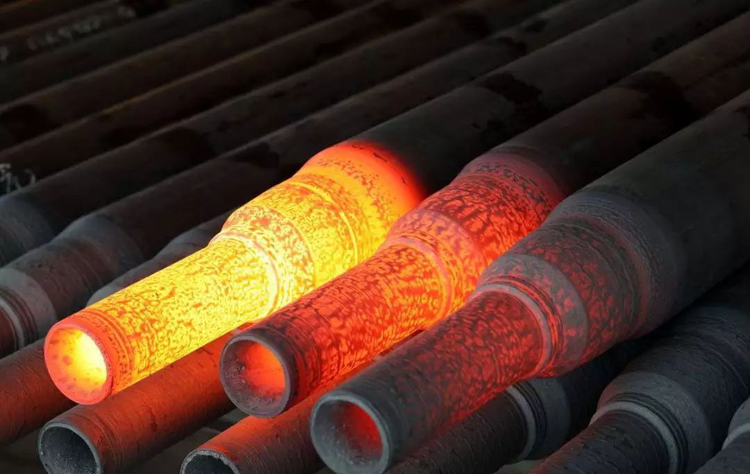
Quenched medium and high carbon steels always contain a small amount of retained austenite in the structure. When tempering in the temperature range of 230 to 300 °C, the retained austenite will decompose, and the decomposition follows the same law as the decomposition of supercooled austenite. , the transformation products are α phase and carbides, among which. The carbon content of α phase is consistent with tempered martensite at the same temperature, so it is collectively called tempered martensite. The carbide particles have grown, but are still very thin and thin sheets, and maintain a coherent relationship with the parent body. The thermostatic decomposition product of retained austenite at a higher temperature (such as about 600 °C) should be pearlite, and there is also a stable zone of austenite decomposition between these two temperatures, and the residual austenite that cannot be completely decomposed during the tempering process. In the subsequent cooling process, the tensite may be transformed into martensite again, which is the phenomenon of secondary quenching. This is of great practical significance to the heat treatment process of high carbon steel, especially high alloy steel. This principle is often used in production practice to further improve the hardness of steel. The effect of alloying elements on the decomposition of retained austenite is basically the same as that on supercooled austenite.
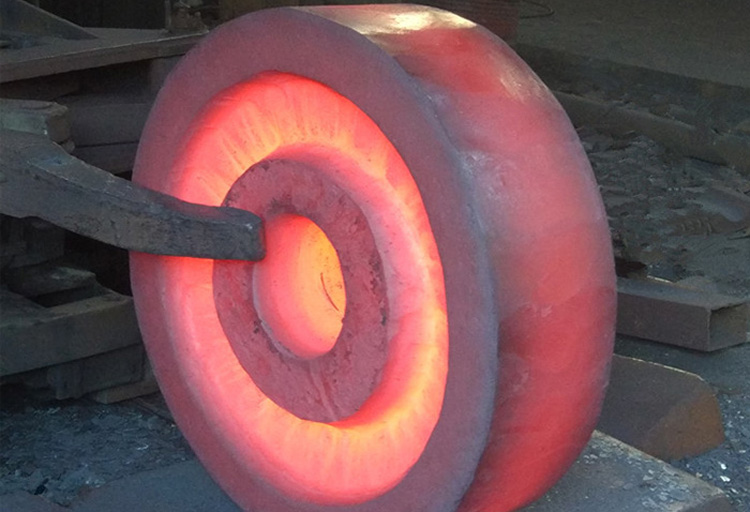
When tempering in the temperature range of 250~400℃, the supersaturated carbon atoms in the martensite are almost completely desolubilized, and the carbon content of the α phase has almost reached the equilibrium carbon content (0.001%--0.02%). The carbide (FexC) of α phase will be transformed into granular carbide (Fe3C), and the lattice distortion of α phase will begin to disappear while reducing the carbon content. The mosaic blocks then grow up and become polygonal grains, that is, the recovery of ferrite. This mechanical mixture of acicular alpha phase and incoherently related fine particles and flaky carbides is generally referred to as tempered troostite. Its microstructure is characterized by the distribution of extremely fine granular carbides in the ferrite matrix.
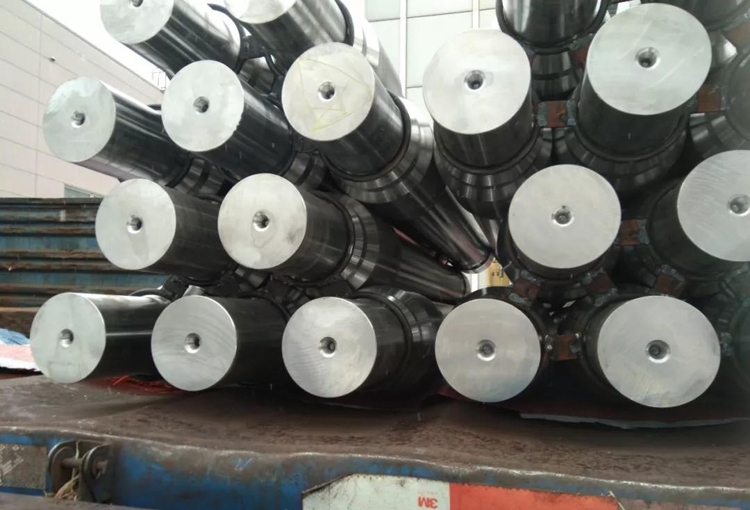
When the tempering temperature is higher than 400℃, the precipitated cementite begins to aggregate, spheroidize and coarsen. This process is carried out by the mechanism that the small particles dissolve and the large particles grow up. When tempering above 400 °C, the α phase has begun to recover significantly, that is, the dislocation density in the ferrite decreases, and the remaining dislocations form a dislocation network through rearrangement and multilateralization, and the ferrite grains are divided into Many subgrains, but still maintain the shape of martensite. When the tempering temperature is higher than 600 °C, the α phase begins to recrystallize, and gradually grows into equiaxed grains through the interface movement. At this time, the granular cementite is uniformly distributed in the ferrite, and the needle-like shape of the martensite disappears. . This mechanical mixture of equiaxed ferrite and fine-grained cementite is called tempered sorbite.
To sum up, the tempering of carbon steel or low alloy steel is divided into five stages, and mainly obtained: tempered martensite structure, tempered troostite structure and tempered sorbite structure. Since each stage of tempering is controlled by diffusion factors, its transition depends on tempering temperature and time, of which temperature is the most important factor. Alloying elements have a great influence on the tempering transformation, and generally act as a hindrance, so that the temperature of each stage of the tempering transformation moves to a high temperature.
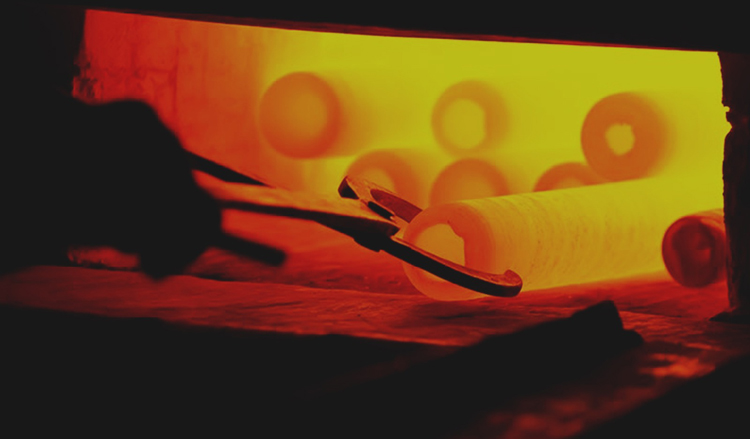
When the quenched steel is tempered, its mechanical properties also change due to the change of the structure.
Variation of hardness of quenched steel during tempering. The general trend is that the hardness of steel decreases continuously with the increase of tempering temperature. However, when the high carbon steel with more carbon content is tempered at about 100 ℃, the hardness increases slightly, which is caused by the segregation of carbon atoms in martensite and the precipitation of ε-carbide caused by dispersion hardening. When tempered at 200~300℃, the hardness decreases gently. This is due to the decomposition of martensite on the one hand, which reduces the hardness, and on the other hand, the transformation of retained austenite into lower bainite or tempered martensite, which increases the hardness, and the combined effect of the two results. After the tempering temperature exceeds 300℃, the coherence relationship is destroyed due to the transformation of ε-carbides into cementite, and the cementite aggregates and grows, so that the hardness of the steel decreases linearly.
The alloying elements in the steel can reduce the tendency of hardness decrease during tempering to different extents and improve the tempering stability. Strong carbide forming elements can also precipitate special carbides that are dispersed during high temperature tempering, which significantly increases the hardness of the steel and causes secondary hardening.
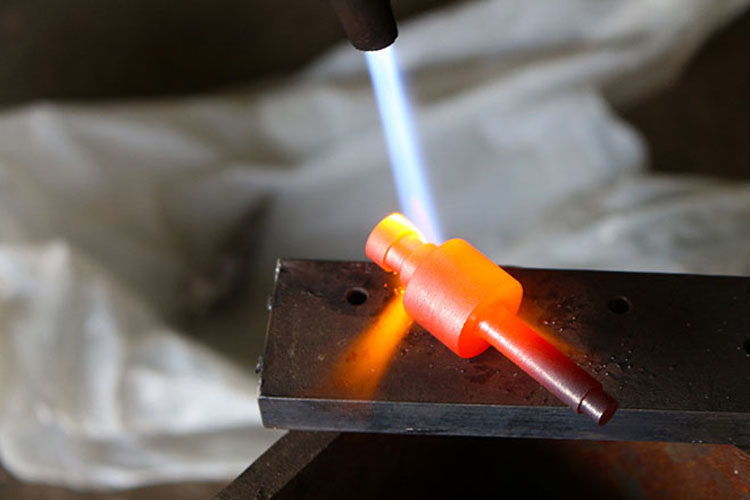
With the increase of tempering temperature, generally speaking, the strength index yield point (σ s ) and tensile strength (σ b ) of steel decrease continuously, while the plastic index elongation (δ) and area shrinkage (ψ) keep decreasing. rise. When tempered at about 350℃, the elastic limit of steel reaches the maximum value, and when tempered above 400℃, the elongation (δ) and the reduction of area (ψ) of steel increase most significantly. The strength of 45 steel after quenching is not high, and the plasticity is very poor. For example, tempered martensite is obtained by tempering at 200~300 °C, and its strength reaches a maximum value due to the elimination of internal stress; tempered at 350~500 °C, the structure is tempered troostite, with the highest elastic pole kuma. The toughness is also good! Tempered at 450 ~ 600 ℃, the obtained structure is tempered sorbite, which has good comprehensive mechanical properties, that is, high strength is matched with good plasticity and toughness.

The phenomenon that iron-carbon alloys increase their hardness after one or more temperings is called secondary hardening. This hardening phenomenon is due to the ex-situ precipitation of special carbides and/or the transformation of retained austenite into martensite or shellfish. due to body. Some high-alloy steels (such as high-speed steel, high-grade die steel, etc.) are particularly prominent. After they are tempered at a certain temperature, the hardness of the workpiece not only does not decrease, but is much higher than its quenched state. There are two reasons for secondary hardening.
Steel contains strong carbide-forming elements such as Cr, Mo, W, V, Ti, Nb, etc., which are enriched in cementite. When the tempering temperature is high (above 400 ℃), these strong carbide forming element cables are enriched in cementite to exceed their saturation concentration, and then the process of transformation from cementite to special carbide occurs. These special bead carbides are harder than cementite, and when they are formed, they are precipitated in the matrix as highly dispersed particles, which are not easy to aggregate and grow, causing an increase in the amount of α-phase solid solution carbon and pinning dislocations to hinder movement. plays a role in diffusion strengthening.
The retained austenite in this type of steel does not decompose during tempering heating and heat preservation, but transforms into martensite or lower bainite during the subsequent tempering and cooling process. This phenomenon is called secondary quenching. Secondary quenching is also one of the reasons for secondary hardening, but its effect is small compared with the dispersion strengthening of precipitation of special carbides, and its effect is more significant only when the amount of retained austenite in the quenched steel is high.
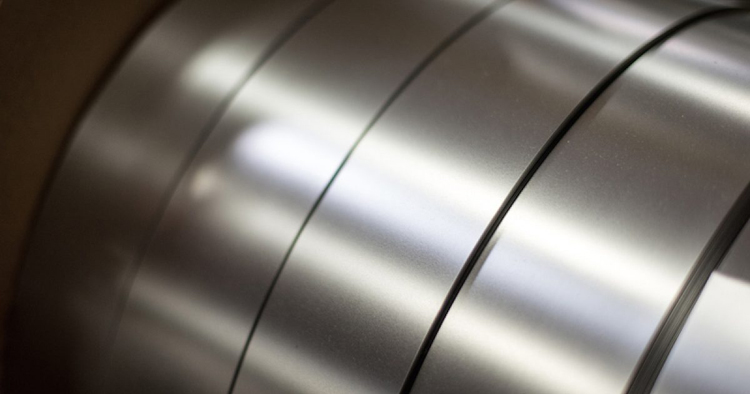
In general, with the increase of tempering temperature, the general trend is that the strength and hardness of steel decrease, while the ductility and toughness increase. However, in many steels (mainly structural steels), it is found that when the tempering temperature increases, the impact toughness of the steel does not increase continuously, but when tempered in certain temperature ranges, the impact toughness decreases significantly. This embrittlement The phenomenon is called temper brittleness of steel.
The impact toughness of quenched steel is significantly reduced when tempered in the range of 250~400℃, which is called the first type of temper brittleness, also known as low temperature temper brittleness. Almost all industrial steels have this kind of temper brittleness to some extent, and the appearance of brittleness has nothing to do with the speed of cooling during tempering.
The reason for low temperature temper brittleness is not very clear, it is generally believed to be related to the initial nucleation of cementite during the decomposition of martensite, and it is believed to be due to the presence of film-like carbides with a certain critical size at the martensite grain boundaries and result on the formation of subgrain boundaries. It is also believed that the appearance of brittleness is related to the segregation of trace elements such as S, P, Sb, and As at grain boundaries, phase boundaries or subgrain boundaries. In addition, the precipitation of brittle carbides along grain boundaries, subgrain boundaries or other interfaces during the decomposition of retained austenite, and the disappearance of ductile retained austenite are also important reasons for brittleness. This kind of temper brittleness cannot be eliminated after it occurs, so it is also called irreversible temper brittleness.
In order to avoid the brittleness of low temperature tempering, tempering should generally not be performed in the range of embrittlement temperature (especially the temperature corresponding to the lowest toughness value), or use isothermal quenching process, or add alloying elements such as Mo and W to reduce the first type of tempering brittleness.
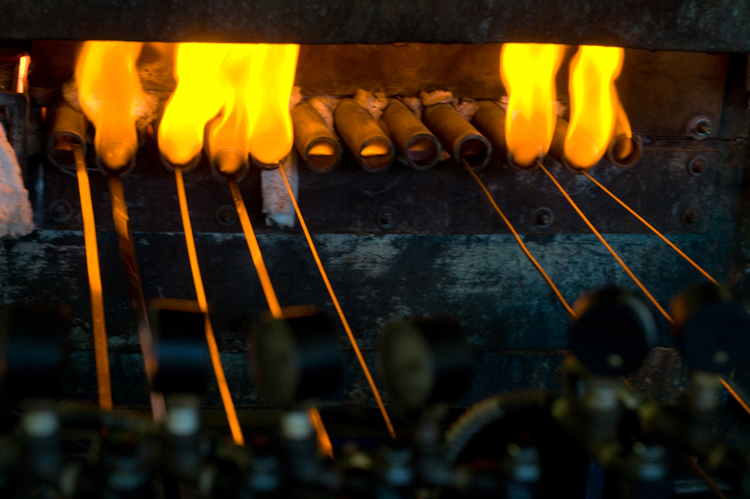
After tempering in the range of 450 ~ 650 ℃, the impact toughness of quenched steel is significantly reduced after slow cooling, which is called the second type of temper brittleness, also known as high temperature temper brittleness. If this kind of steel that has been tempered and brittle is reheated to a temperature above 650 ℃, and then rapidly cooled, the brittleness will disappear. It is reversible temper brittleness. The occurrence of such brittleness is closely related to the chemical composition of the steel, tempering temperature, tempering time and cooling rate after tempering. The second type of temper brittleness mainly occurs in alloy structural steel, and carbon steel generally does not appear this kind of temper brittleness.
The generation mechanism of the second type of temper brittleness has not yet been fully understood. Recent studies have pointed out that it is due to the segregation of trace impurity elements such as Sb, Sn, As, and P on the prior austenite grain boundary or in the form of compounds during tempering. Due to precipitation, alloying elements such as Cr, Mn, and Ni in steel can not only promote the segregation of the above impurity elements to the grain boundary, but also segregate to the grain boundary, which further reduces the strength of the grain boundary and increases the tendency of brittleness.
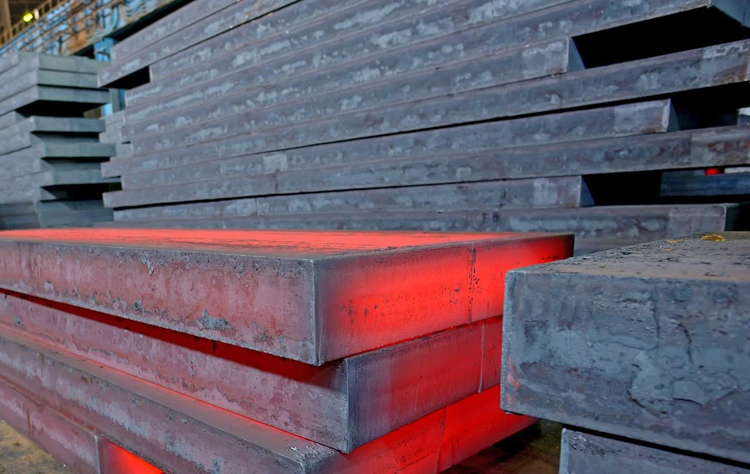
The ability of a quenched steel to resist a decrease in hardness during tempering is called tempering stability. Since the alloy element hinders or delays the microstructure transformation of quenched steel during tempering, it can delay the decomposition of martensite and the transformation of retained austenite, increase the recrystallization temperature of ferrite, and make it difficult for carbides to aggregate. grow, while maintaining a greater degree of dispersion. Therefore, the tempering stability of alloy steel is better than that of carbon steel. The steel with higher tempering stability can adopt higher tempering temperature, the quenching stress can be eliminated more thoroughly, and the comprehensive mechanical properties after tempering can be better.
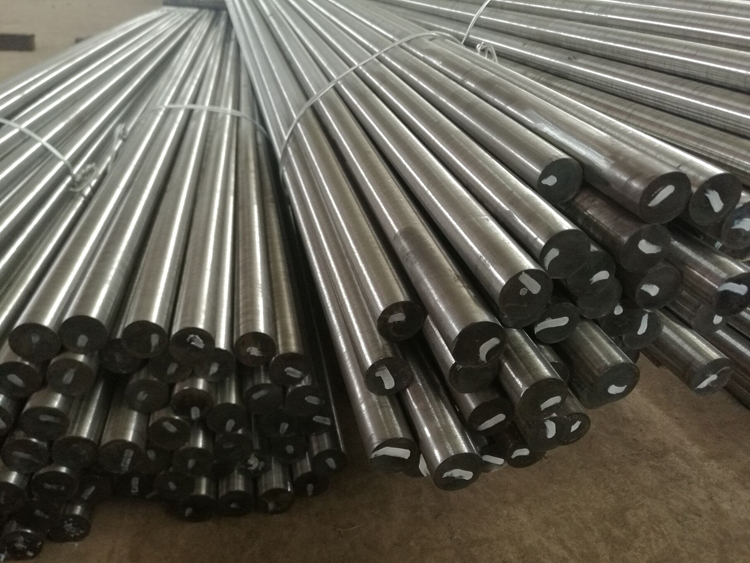
A supersaturated surface solution can be obtained by heating a solid solution single-phase alloy (such as ferrite) with a concentration change to a certain high temperature and then rapidly cooling it. . This process of heating the alloy above the solubility line for heat preservation and then rapidly cooling to obtain a single-phase supersaturated solid solution is called surface solution treatment. The microstructure after solution treatment is in a metastable state. Under certain conditions, it will decompose, precipitate the second phase particles, and at the same time deplete the solid solution. This process is the aging process, and the aging can be carried out at room temperature (called natural aging, It can also be heated to speed up the aging process (called artificial aging).
Aging has a great influence on the properties of metal materials. For many special steels, high-temperature alloys, special-performance alloys and non-ferrous alloys, it is often used to improve its strength and permanent magnetic properties, while it often has adverse effects on low-carbon steels.
 What is the difference between 201 st...
What is the difference between 201 st... Why is 316 stainless steel better tha...
Why is 316 stainless steel better tha... 400 series stainless steel science
40...
400 series stainless steel science
40... How to distinguish the processing tec...
How to distinguish the processing tec... Non-standard design materials of bras...
Non-standard design materials of bras... What type of titanium alloy does Tc4 ...
What type of titanium alloy does Tc4 ...